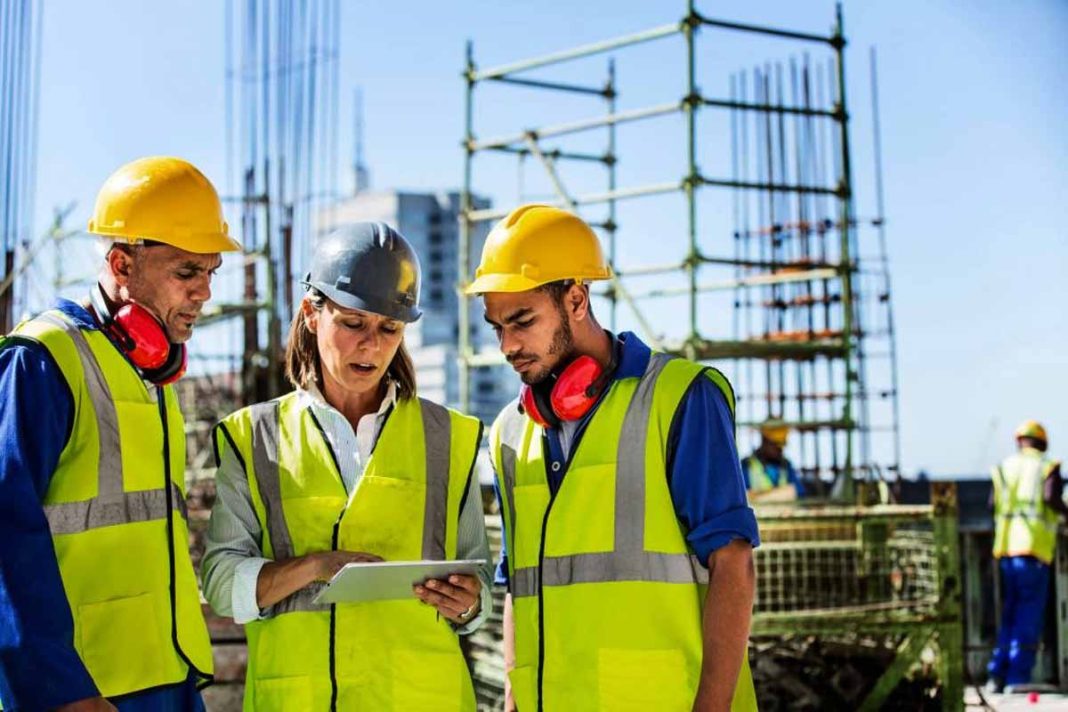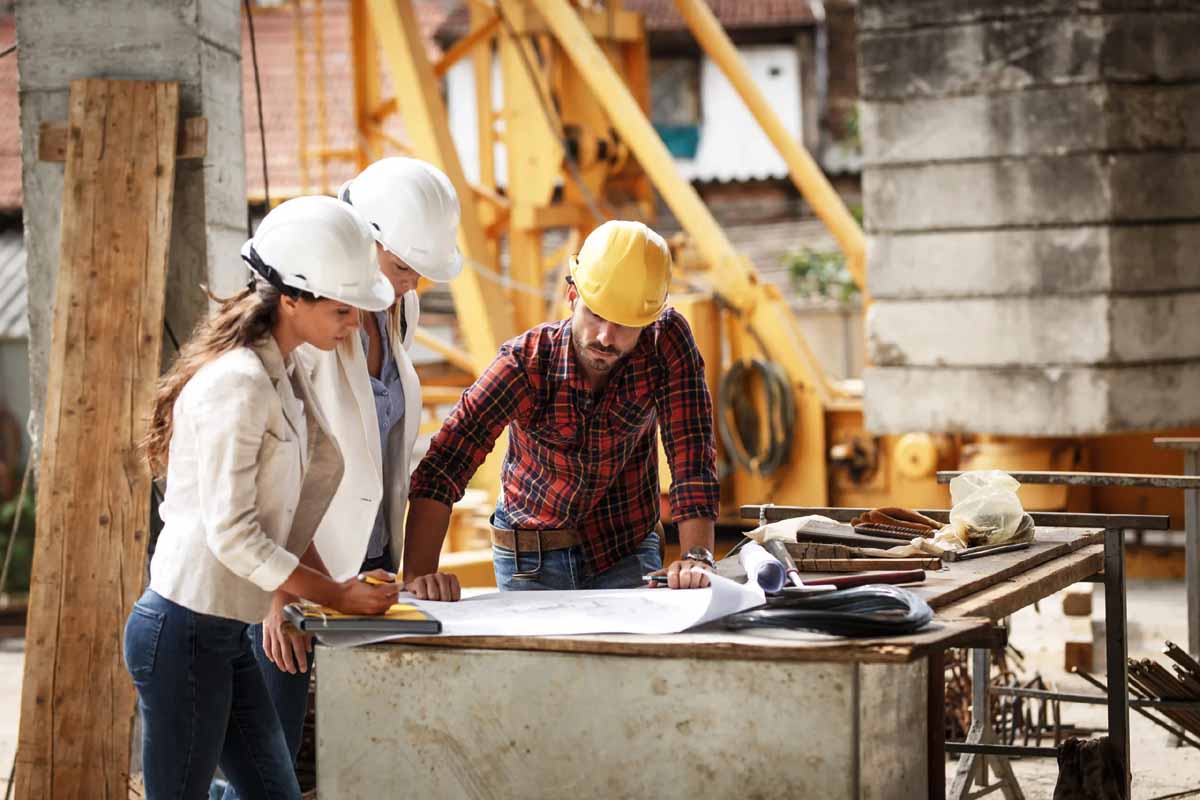In recent years, the industrial construction sector has faced a myriad of global challenges that have reshaped its landscape.
These include technological advancements, the urgent need for sustainability, and significant changes in the workforce.
As the industry navigates these obstacles, it continues to evolve, adopting innovative strategies and solutions to remain competitive and efficient.
 Technological Advancements
Technological Advancements
One of the most significant shifts in industrial construction is the integration of advanced technologies. Automation, robotics, and artificial intelligence are transforming traditional construction processes.
Automated machinery is now capable of performing tasks with precision and speed that were previously unimaginable.
Robotics, for instance, is increasingly being used for repetitive tasks such as bricklaying and welding, which not only accelerates the construction timeline but also reduces human error.
Moreover, Building Information Modeling (BIM) has revolutionized project management by providing a digital representation of the physical and functional characteristics of a facility.
This technology allows for better collaboration among stakeholders, improves accuracy, and ensures that projects are completed on time and within budget.
BIM’s predictive capabilities help in identifying potential issues before they become problems, thus enhancing efficiency and reducing costs.
Sustainability Efforts
Sustainability has become a cornerstone of industrial construction practices, driven by the global imperative to reduce carbon footprints and conserve resources.
Eco-friendly building materials, renewable energy sources, and sustainable design principles are now standard in many projects.
For instance, the use of recycled materials and the implementation of energy-efficient systems contribute to reducing the environmental impact of construction activities.
The industry is also focusing on reducing waste through more efficient use of materials and adopting circular economy principles.
This includes designing buildings that can be easily deconstructed and repurposed at the end of their lifecycle.
Additionally, the integration of green roofs and walls, along with rainwater harvesting systems, not only supports sustainability goals but also enhances the aesthetic and functional aspects of industrial buildings.
Workforce Changes
The industrial construction workforce is undergoing significant changes as well. The demand for skilled labor continues to rise, prompting the industry to invest in training and development programs.
This is necessary to equip workers with the skills needed to operate advanced machinery and understand complex technologies.
Moreover, the industry is witnessing a generational shift as younger, tech-savvy workers enter the field.
This new generation brings a fresh perspective and a propensity for embracing technology, which is crucial as the industry becomes more digitized.
However, this also means that companies must find ways to bridge the gap between seasoned professionals and newcomers to ensure a cohesive workforce.
Adapting to Local Challenges
In specific regions, such as Wyoming, the industry must also address local challenges. For example, industrial insulation in Wyoming is crucial due to the state’s harsh climate conditions.
Proper insulation ensures energy efficiency and durability of structures, which is essential for maintaining operational standards amidst extreme weather.
This highlights the necessity for tailored solutions that take into account regional specifics while aligning with global best practices.
Looking Ahead
The future of industrial construction is poised for continued transformation. As technology evolves, construction processes will become even more streamlined, sustainable, and efficient.
The integration of smart building technologies, such as the Internet of Things (IoT), will enable real-time monitoring and optimization of building performance, further enhancing efficiency and sustainability.
Moreover, as the industry continues to embrace sustainability, it will likely see an increase in the use of renewable materials and energy sources.
This shift not only addresses environmental concerns but also offers economic benefits by reducing operational costs in the long term.

These changes not only help the industry navigate current challenges but also position it for future growth and resilience.
As it continues to evolve, industrial construction will play a pivotal role in shaping a sustainable and technologically advanced built environment.


 Technological Advancements
Technological Advancements